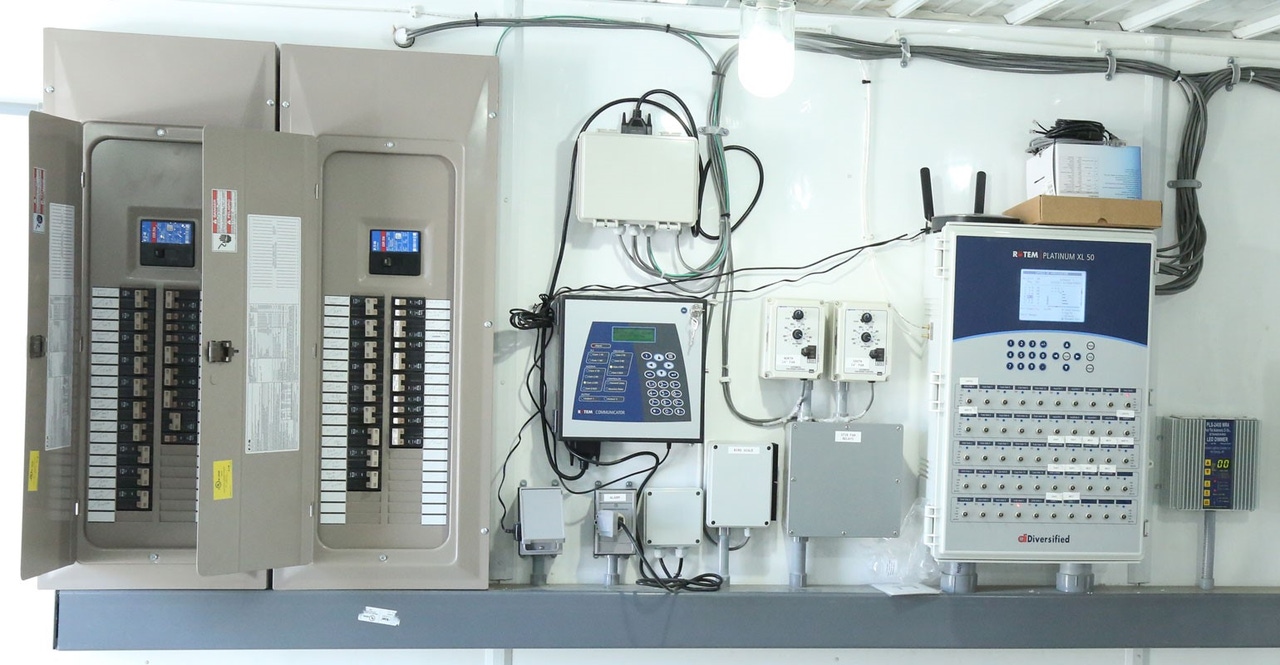Tailored mechanical engineering industry support for success.
Wiki Article
Top Tips for Effective Electric System Troubleshooting
Fixing electric systems calls for a systematic strategy, grounded in a detailed understanding of electrical principles and safety procedures. The subtleties of efficient fixing extend past plain technical knowledge; comprehending just how to record findings and focus on security can dramatically affect outcomes.Understand the Essentials
Understanding the fundamentals of electrical systems is essential for efficient troubleshooting, as a solid structure allows professionals to identify and fix concerns a lot more effectively. A detailed understanding of electrical principles, such as voltage, current, resistance, and power, is vital in identifying the origin of troubles. Voltage is the electric potential distinction that drives current with a circuit, while resistance opposes the circulation of current, impacting the overall capability of the system.Familiarity with circuit components, including resistors, capacitors, diodes, and switches over, is likewise vital. Each component plays a distinct role in circuit actions and can influence performance when malfunctioning. Furthermore, comprehending series and identical circuit configurations is essential, as these setups influence the distribution of voltage and current within the system.
Moreover, understanding of security procedures is important. Professionals should recognize potential hazards, such as shock and brief circuits, to apply secure troubleshooting practices. By mastering these foundational ideas, service technicians enhance their ability to perform efficient diagnostics and fixings, inevitably bring about enhanced performance and integrity of electrical systems. This foundational understanding is the keystone of effective fixing undertakings.
Gather Necessary Tools
Efficient troubleshooting of electric systems requires the ideal collection of tools to diagnose and resolve concerns accurately. Essential devices consist of a multimeter, which measures voltage, current, and resistance, enabling for exact examinations of electric parts.In addition, insulated hand devices such as screwdrivers, pliers, and wire strippers are critical for safely adjusting electrical links. It is additionally a good idea to have a circuit tester on hand to validate the presence of voltage in outlets and wires. For more complex systems, a thermal imaging camera can help discover overheating parts, showing possible failings.

Comply With a Systematic Method
Having actually collected the suitable tools, the next step in fixing electrical systems is to adhere to a methodical approach. A methodical technique guarantees that service technicians can recognize mistakes efficiently and accurately, reducing downtime and stopping unnecessary repair services.Begin by evaluating the system's schematic representations and specs. Recognizing the layout and operational specifications will certainly offer context for diagnosing concerns. Next, separate the problem location by making use of a process of elimination. This includes monitoring each component methodically, beginning from the source of power and functioning in the direction of the tons.
Use screening tools, such as multimeters and oscilloscopes, to collect objective data about voltage, existing, and resistance at various factors within the system. This empirical evidence will certainly guide your troubleshooting efforts and assist to confirm or eliminate possible sources of failure.
Additionally, take into consideration ecological variables that may affect the system's efficiency, such as temperature variations or moisture ingress. A detailed evaluation of electrical wiring, connections, and parts will make certain that all possibilities are accounted for.
Paper Your Findings
Thorough documentation is necessary in the fixing process of electric systems. This method not just help in comprehending the root cause of the problem but also serves as a recommendation for future troubleshooting initiatives.
Additionally, keeping a log of parts changed or repair services performed is indispensable. This details sustains stock management and can help evaluate the longevity and dependability of details components.
Eventually, the documentation procedure should be detailed yet concise, allowing simple access and testimonial - electrical system troubleshooting. By focusing on detailed documents, service technicians can produce a useful understanding base that not just aids in existing troubleshooting yet additionally encourages future mechanical engineering industry support maintenance efforts, thereby boosting total system reliability

Prioritize Precaution
Recognizing the inherent dangers related to electrical systems is crucial for guaranteeing safety throughout troubleshooting. Electrical shock, burns, and tools damages are just a few of the potential threats that specialists encounter. Prioritizing safety and security actions is not just a lawful responsibility however additionally an ethical essential that safeguards both the professional and the surrounding environment.Before beginning any type of troubleshooting job, professionals need to wear proper individual safety devices (PPE), including shielded handwear covers, shatterproof glass, and flame-resistant clothes. Ensuring that the workspace is dry and without clutter can significantly lower the risk of crashes. In addition, it is necessary to de-energize circuits prior to starting any kind of work, confirming that they are not endure the use of a multimeter or voltage tester.
Establishing clear communication procedures with group members is likewise important; this guarantees that everyone knows possible risks and the status of the electrical system being dealt with. Last but not least, having an emergency situation action plan in position can show vital in the event of a case. By focusing on security actions, specialists can successfully reduce risks and foster a safer workplace.
Final Thought
Reliable electric system troubleshooting relies on a comprehensive understanding of fundamental concepts and a systematic technique. Prioritizing safety and security measures makes sure the wellness of individuals entailed and the stability of the electric system.Report this wiki page